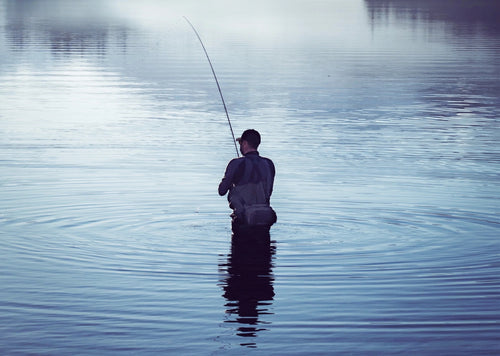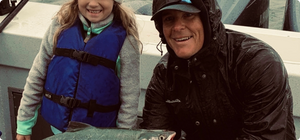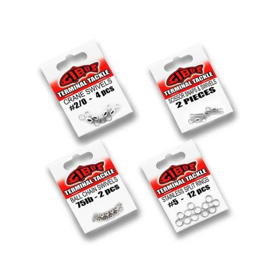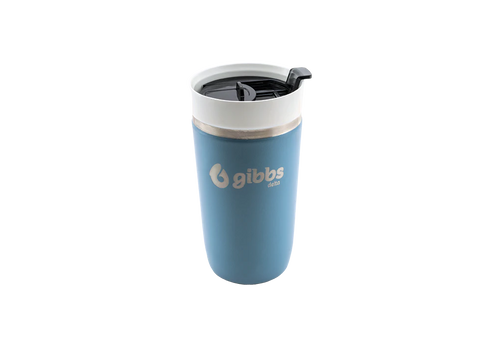Coho salmon, also known as bluebacks and silvers, hold the title of being the second-largest species of Pacific salmon, reaching impressive adult weights of 10 to 20 pounds. In a remarkable catch from 1947, the largest ocean-caught coho tipped the scales at a whopping 31 pounds. Interestingly, this record might soon be eclipsed by their counterparts from the Great Lakes. Coho salmon were introduced to these freshwater "oceans" several decades ago, and their populations have thrived ever since.
-
In contrast to chinook salmon, which embark on long migrations up large rivers, coho, the other prominent resident salmon species in the waters of British Columbia, follow a different pattern. They choose to spawn in late fall, within one of the 800 short coastal streams and rivers dotting the region. Female coho lay between 2,000 to 4,000 eggs, and these eggs hatch into alevins in a period of 47 to 65 days. Young coho, known as fry, don't immediately journey to the sea. Instead, they spend 12 to 24 months in their coastal stream, their survival closely tied to factors like water quality, temperature, and food supply. Consequently, the well-being of coho populations is inversely correlated with disturbances in their watersheds, such as suburban development and logging activities. Typically, coho reach maturity at three years of age, but returning coho can be anywhere from 2 to 3 years old, allowing for some cross-fertilization across brood years.
-
The coho salmon's saltwater life begins in the months of April to July when they measure 12 to 14 inches, (around 30 cm). They initially move northward along the coast and then return to inhabit inland waters as one- to three-pound bluebacks from November to April. As a result, they, along with their larger cousins, chinook salmon, are among the two salmon species present and considered resident in periods other than the usual summer migratory season. Come late spring, these coho migrate northward and disperse into the open Pacific for the summer. They subsequently reassemble in migratory schools, entering sport fishing waters in waves from July through October. These fish are highly sensitive to freshwater concentrations, making them an excellent catch near spawning rivers until the heavy rains of late fall.
-
One notable visual feature that distinguishes coho from other salmonids is their striking appearance. Young bluebacks display a beautiful blue-green hue during the winter months. Whether immature or adult, coho exhibit distinctive white upper jaws adorned with sharp teeth perfect for shredding herring. Coho are true carnivores, a trait they share only with chinook salmon, and their flesh boasts a deep magenta color, reflecting their high consumption of euphausiid shrimp.
-
Adult coho salmon display a range of coloration, from blue to gun-barrel gray. Bright silver flanks, closely-packed scales, and subtle black spots on their dorsal surfaces are key defining features. Unlike chinook, their dots rarely extend into the tail, which is shorter, stubbier, and less deeply 'V'-shaped. Tail rays are quite prominent. When compared to chinook, coho appear distinctly gray and slightly rough. Another distinguishing feature is their 18 to 26 stubby, smooth, and widely-spaced gill rakers.
-
Despite any imperfections in their appearance, coho are a delight for anglers. Summer coho, on their way to spawning rivers, can gain as much as 1 pound per week, making them a thrilling catch. Anglers often look for herring balls, which are schools of herring tightly congregated at the surface and under attack from salmon below and birds above. These spots of commotion represent excellent fishing opportunities, especially for drift, cast and retrieve, jigging and fly fishing methods. Coho are known as the trapeze artists of the salmonid world, leaping both in and out of the water, creating an exhilarating experience for anglers. The most typical bite is the smash and run pattern, guaranteed to awaken even the most jaded angler on board.
-
Experienced anglers are attuned to coho behavior. During the summer, coho usually occupy the first 0 to 50 feet, 1 to 3 miles offshore. Tidelines, where streams of water converge to create visible currents or surface chop, serve as prime feeding grounds for hungry coho. Passively drifting plankton, the larval stages of plant and animal life, are transported into tidelines, attracting baitfish. Coho are naturally schooling fish and concentrate their efforts on the side with the strongest current, which is where they expect to find baitfish. Coho travel in small schools of 50 to 100 fish, swimming closely alongside each other as they make their way home. Consequently, there may be numerous schools of coho in any given fishing area, each focused on a local cloud of bait or shrimp.
-
Winter bluebacks exhibit slightly different behavior. Emerging freshly from freshwater, blueback schools scatter in offshore areas. The location of these schools doesn't necessarily correlate with underwater structures. However, blueback schools tend to inhabit depths of 100 to 130 feet in many areas. Whether targeting winter-resident or summer-run coho, fishing success hinges on staying in contact with a school. Anglers should take note of their bearings as soon as a coho strikes a lure and return to that exact spot as quickly as possible.
-
-Coho salmon are voracious carnivores, especially as adults, and their eagerness is even more pronounced in their blueback stage. They have a preference for trolled bait, with anchovy in a
Rhys Davis teaserhead, cutplug herring, and herring strips being popular choices. Silver or green spoons like
Killy Magee,
Bon Chovy,
No Banana's, and
Gold Nugget are effective in winter, while red spoons like
Spring Roll and
Aztec become the go-to options in late summer as the infrared spectrum dominates the sky. It's recommended to use relatively short 20- to 30-inch leaders for
hootchies.
Flashers tend to outperform
dodgers. Lead drift fishing lures are productive during the summer. A well-equipped tackle box should include at least a
Delta Mac Fish in Army Truck and a green
Gibbs Minnow. Given the pink shading of euphausiid shrimp, lures with a
pink hue should be favored.
-
Enjoy your coho fishing adventure, and may the thrill of the chase and the beauty of these remarkable salmon species make it a memorable experience!














































Leave a comment